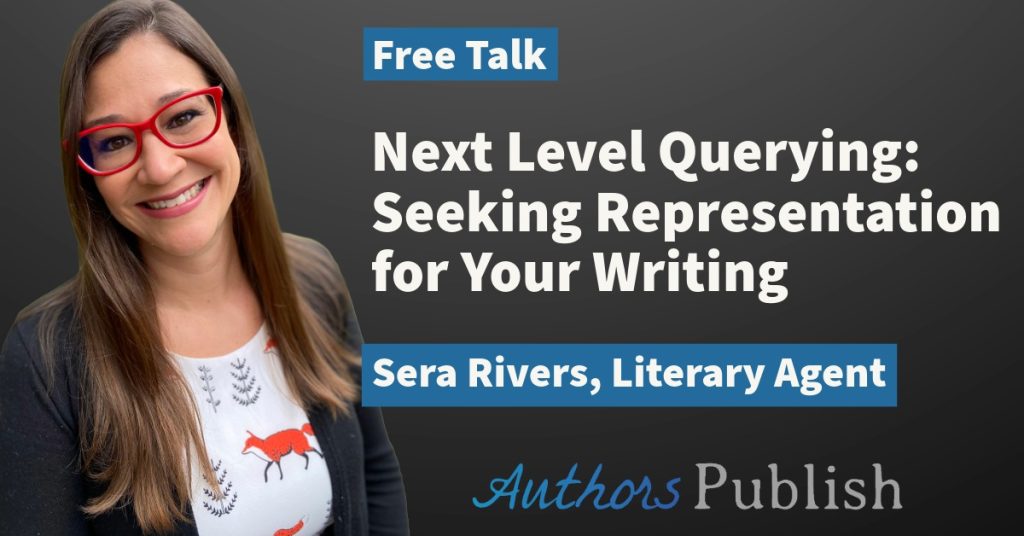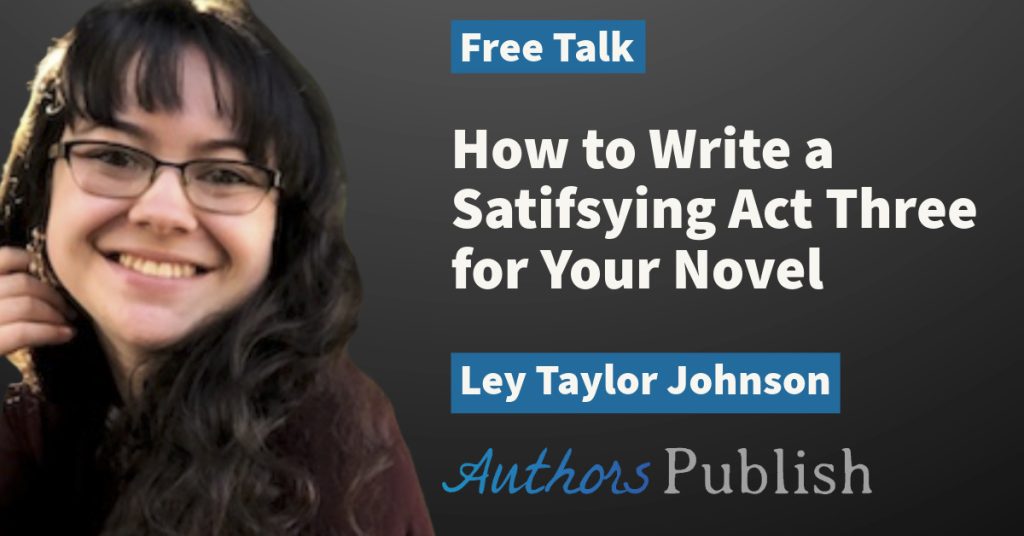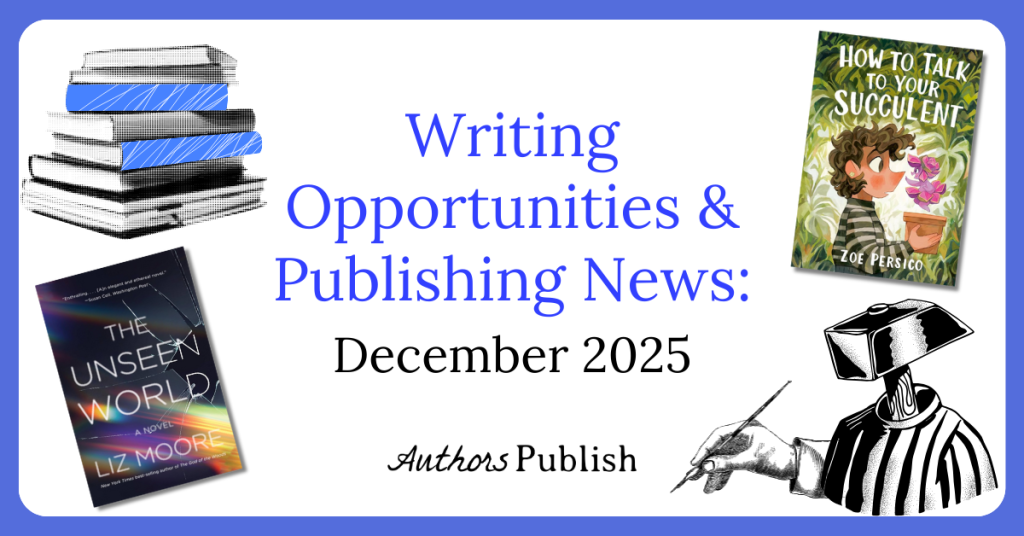By Andrew Park
Third drafts? No-one told us about third drafts!
If you’re a newbie writer ploughing through the first draft of your first novel, the idea of a third draft may cause you no end of dismay. “When,” you may ask yourself, “will this thing ever be finished?”
The optimistic answer — at least according to Matt Bell and Stuart Horwitz — is you’ll get that sucker over the finish line in three drafts. The actual answer, as in so many things in this writing game, is “it depends.” I know a writer whose first novel went through twelve drafts before it was published. Some take 20 or more drafts to complete (shelve those in the horror section of the bookstore). And Hemingway famously wrote 39 alternative endings for “A Farewell to Arms.”
The inevitability of three drafts
So, let’s make a compromise between realism and honesty and say that, in all probability, you’ll write at least three drafts before you go to print.
What differentiates these drafts? Popular wisdom has it that the first draft is a messy “let’s get ’er done” draft. It’s sometimes likened to framing a new house, and it’s no time to be a prose perfectionist. As the author Barbara Davis said: “Stop trying to put lipstick on a skeleton.”
The second draft, according to Horwitz, is the “Method” draft where you pay more attention to plotting, character development, and structure. Call it the Plotty McPlotface draft.
Enter the third draft. It’s been described in many different ways. Horwitz calls it the “Polished” draft. To M. L. Davis, it’s adding “Layers, layers, wonderful layers!,” and Tiffany Reisz tells us it’s “where the magic happens.” Most writers and editors agree that you’ll benefit from some external feedback before writing that third draft.
You don’t know what you don’t know
All of which is great, but there’s a flaw in this torrent of advice, especially when the advice peddles a three-draft or five-draft “system.” And it’s this: If you’re a newbie writer, you don’t know in advance how to treat these various drafts. You’re just trying to get through draft number one. Second and third drafts are undiscovered countries.
I know because I’ve been there.
Lacking an MFA or any previous instruction in the art of fiction, I wrote the first draft of my work in progress just to see if I could do it. In my second draft, I set out to tighten up the plot and reduce the gargantuan word count. Problem was, while I succeeded in cutting 18,000 old words, I ended up adding 15,000 new ones.
So, I did something right and commissioned a manuscript evaluation from a good editor. Her input provided me with a cold dose of plot and character reality together with a manuscript-wide to do list for—roll of drums—my third draft.
What’s it like in there?
How could I follow my editor’s advice and remain fully engaged in my third draft?
After all, by this time I’d read the whole manuscript twice, and some sections four or five times. To get through that third draft, I needed to shake something loose. Otherwise, things promised to get really boring just as I needed to get enthusiastic about “polishing.”
Here are a few strategies I’ve tried in my quest to be unboring and “make the magic happen.”
Brainstorming
Brainstorming is more than just sitting on your duff cogitating about things. It’s a large set of techniques to help you think through tough problems and get creative. I’ve used several of these, including “Five Whys,” “Change Something Big,” and “Mind-mapping.”
Five Whys (or 5Y) is useful for getting to the bottom of why a given plot device doesn’t work. You ask a question: “Why are my clues weak and unconvincing?” Then you answer it: “Because they’re hidden in a random piece of wedding cake.” That answer prompts the next question, say, “Why did character A hide them I wedding cake?” The theory is that after five questions and answers you’ll have drilled down to the root of your problem. You’ll still have to solve your problem, but you’ll have a framework for doing so.
Change something big is basically free ideating at a grand scale. Ask yourself “What would happen if the apparent villain was really the good guy?” “What if my bad-ass intergalactic mercenary was your narrator’s granny?” You may or may not pursue these ideas, but if you generate enough of them you’ll maybe find a nugget among the rusted nuts and bolts.
In ”Damn Fine Story: Mastering the Tools of a Powerful Narrative,” Chuck Wendig gives us a variation of the mind map: the Relationship Web (p.172). You write down your character’s names and draw arrows one to the other, indicating the nature of their relationships or the types of feelings they have for each other. Feelings have consequences, and the web may suggest what those consequences will be.
Rewrite opening chapters
A writing mentor suggested doing this, and I don’t know whether to thank him or strangle him. Basically, write different versions of your opening to experiment with cutting words, changing points of view, or changing the emphasis that you place on character relationships. I wrote four—count ’em—four different versions of my prologue and Chapter 1. It’s almost universally accepted that you should start your story as late as possible, and avoid excessive exposition. I tackled my four rewrites in this spirit. Along the way I learned a few things about my characters, their place in the plot, and about writing craft.
A word of caution, though. If you rewrite your whole novel like that, you’ll hit retirement age before you’re finished.
Excel at book maps
Do you need a big picture overview of that second draft? Make a book map that depicts chapters, characters, plot points, and plot holes in one big cathedral of book architecture.
You can do a book map on paper (see below), but if you like spreadsheets, a book map in Excel offers great flexibility, once you’ve done the work to set it up. Because my second draft is so long, I’m obsessed with word counts, so I incorporated columns for word counts broken down by chapter and scene. Word to the wise; if you want to do that, you’d be well advised to use Microsoft Word heading styles for your chapters and scenes. Then you have the potential to use a macro to count the words in your chapters simultaneously. There’s a usable macro example here.
Big bits of paper
I love big pieces of paper! I’m talking about those three-foot pads of newsprint some people use in presentations. You can certainly use these for book mapping, but I think they come into their own when you’re brainstorming ideas. I’ve used felt pens, crayons, and pencils and erasers to work through third-draft problems from micro (genealogy of characters) to macro (how do I make antagonists/villains more relevant).
Last words
It’s tempting to say that “Happy first drafts are all alike, but unhappy third drafts are each unhappy in their own way.” Perhaps that third draft really will be “where the magic happens.” But if you’re more like me, you’ll be thrashing around, brainstorming solutions, and rewriting to shake something loose. The important thing, in my opinion, is to find ways to recover that joy of fresh creation you had when you started in on draft number one. Hopefully, some of these techniques will help.
Bio: Over a longish life, Andrew Park has worked as a stable hand, illustrator, factory worker, field biologist, development volunteer, and—most recently—as a professor of ecology. He holds an editing certificate from Simon Fraser University and maintains an active freelance editing practice. When not recreating in the Gatineau Hills around his home, he continues the lexical labour of producing the third draft of his novel. You can find him at www.wordfishereditorial.com.






